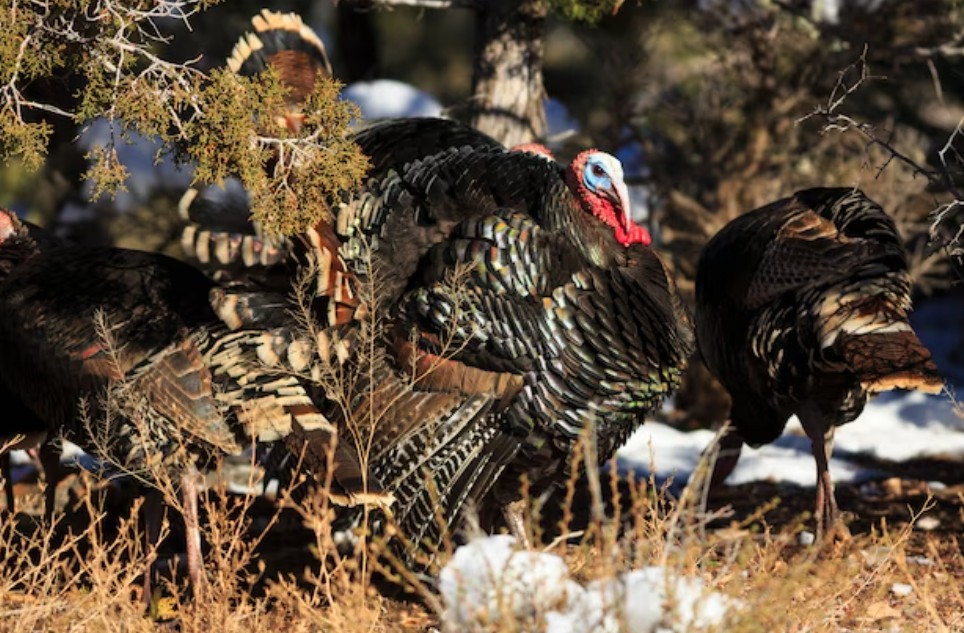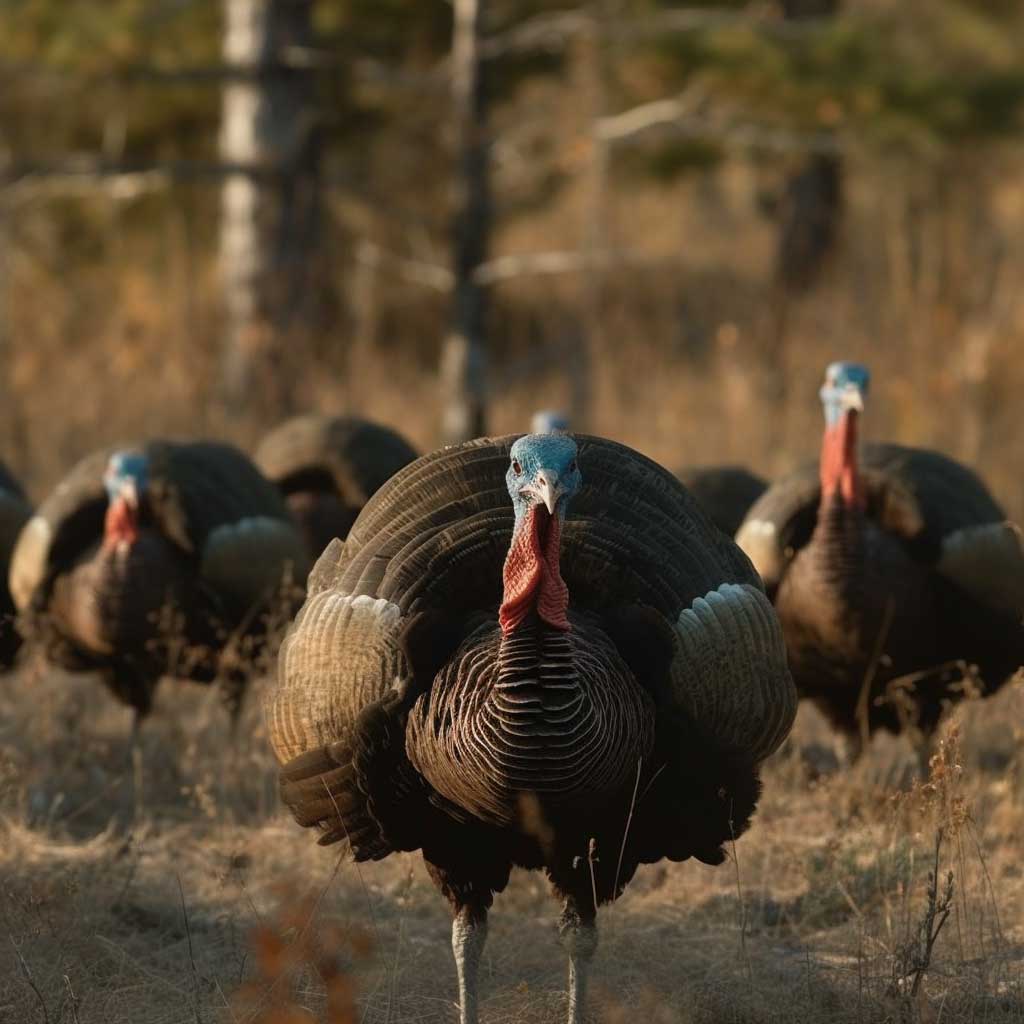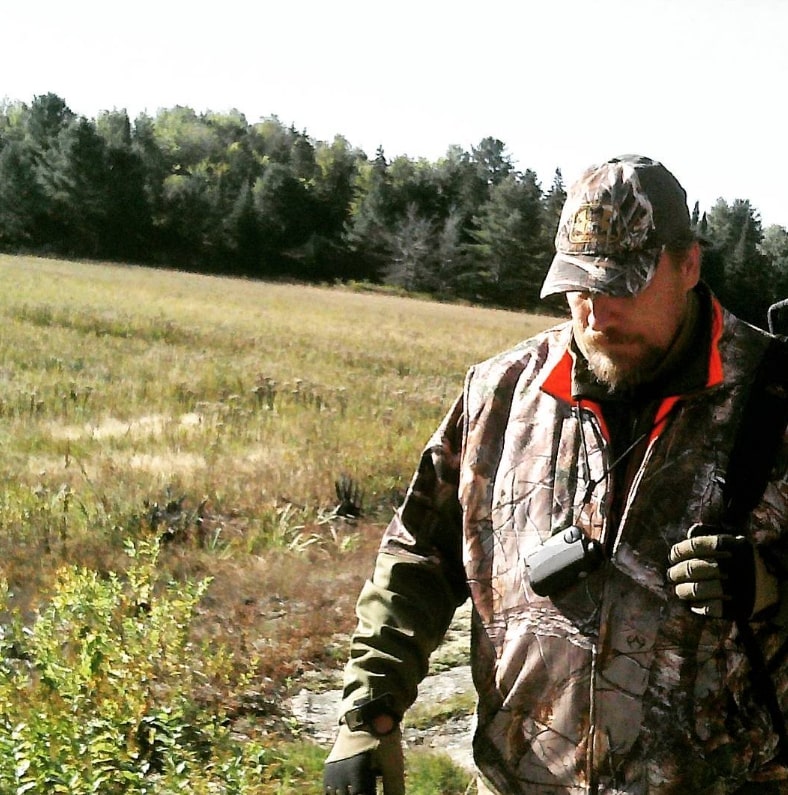Wild Turkey


Wild Turkey
Get ready, fellow outdoorsmen, because I’m about to take you on a thrilling journey through the different types of wild turkey found in North America. I know turkey hunting is a passion for many of us, but do you know just how diverse these birds are? Each subspecies offers its own set of unique characteristics and challenges for hunters to overcome.
Let’s start with the Eastern wild turkey, the most common subspecies and the one you’ll find most often hunted in the eastern United States. These birds have a dark brown body with black and bronze feathers, and the tips of their tail feathers are a creamy buff color. Eastern turkeys can be found from Maine to northern Florida and as far west as Texas. They are known for their loud gobbles and are often found in mature hardwood forests, agricultural fields, and mixed pine and hardwood forests. Easterns are a popular target for hunters because they are widespread and often respond well to calling. There’s nothing quite like hearing the thunderous gobble of an Eastern in the early morning hours.
Alright, it’s time to talk about the Osceola wild turkey, also known as the Florida wild turkey. This subspecies is only found in the southern half of the Florida peninsula, so it’s a unique and sought-after game bird for hunters. Osceolas have a dark, glossy body with greenish-bronze feathers and black-tipped tail feathers. They are slightly smaller than Easterns and tend to be more elusive and cautious, which means they can be a real challenge even for the most experienced hunters out there.
If you’re lucky enough to bag an Osceola, you’ll earn some serious bragging rights. This subspecies is considered one of the most elusive and hard-to-hunt wild turkeys in North America. There’s nothing quite like the rush of taking down an Osceola, knowing you’ve accomplished something few other hunters have been able to do. So if you’re up for a challenge and looking to add a unique subspecies to your hunting trophy collection, the Osceola is definitely worth pursuing.
Moving west, we come to the Rio Grande wild turkey. These birds are found in the western half of Texas, Oklahoma, and Kansas, as well as parts of New Mexico, Colorado, and Nebraska. Rio Grande turkeys have lighter brown bodies with tan and copper-colored feathers, and their tail feathers have a buff or tan tip. They prefer open country with scattered brush, making them a popular target for hunters in the Great Plains. Rio Grandes tend to be vocal and respond well to calling, but their keen eyesight and quick reflexes make them a challenging target.
In the southwestern United States, the Merriam’s wild turkey reigns supreme. These birds have a striking appearance, with white-tipped tail feathers and iridescent feathers in shades of green, copper, and bronze. Merriam’s turkeys prefer ponderosa pine forests and mountain meadows, making them a favorite target for hunters in the Rocky Mountains. They tend to be less vocal than Eastern or Rio Grande turkeys, and they are known for their cautious behavior. Hunting Merriam’s turkeys requires patience and skill, but the reward of taking one of these beautiful birds is worth the effort.
Finally, we have the Gould’s wild turkey, the rarest and most elusive of the five subspecies. These birds are found only in the mountain ranges of northern Mexico and a few isolated areas in Arizona and New Mexico. Gould’s turkeys have a dark, almost black body with bronze and green feathers, and their tail feathers are a creamy buff color. They prefer remote mountain areas with oak and pine forests and are known for their cautious behavior. Hunting Gould’s turkeys is a bucket-list experience for many hunters, but it requires a lot of planning and preparation to locate and hunt these elusive birds.
No matter which subspecies you pursue, turkey hunting is a thrilling and challenging pursuit. Each subspecies has its own unique characteristics, making them a fascinating subject of study for any turkey hunter. Learning about the different types of wild turkey in North America can help you better understand their behavior and habitat preferences, giving you an edge in the field. So get out there and start exploring the world of wild turkey hunting – you never know what you might discover.





